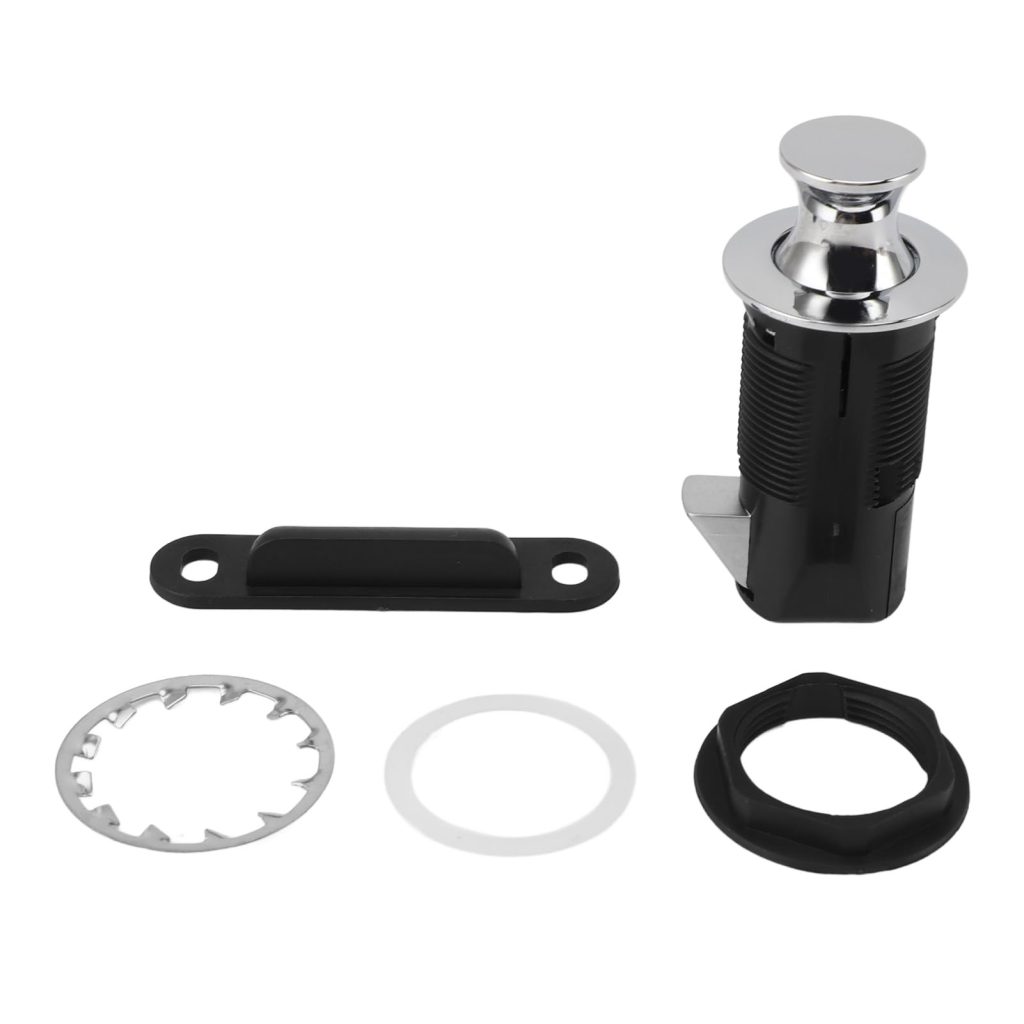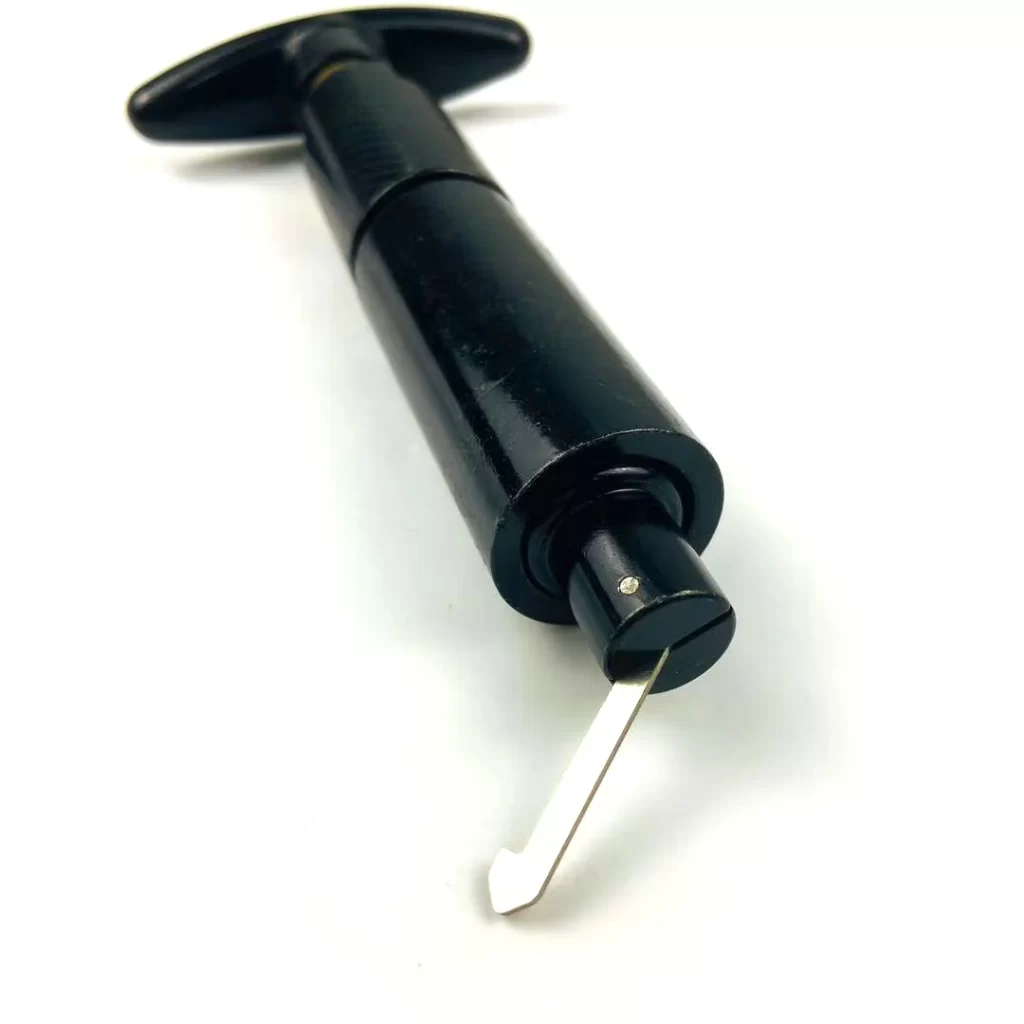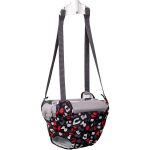Introduction to Filing Cabinet Lock Picking
Have you ever lost the key to your filing cabinet and needed access right away? Learning how to pick a filing cabinet lock is a valuable skill that can save you in such a situation. This guide will step you through the basics of lock picking, specifically for filing cabinets. Lock picking is the art of unlocking a lock by manipulating its components without the original key. While it often carries a mysterious or criminal aura, lock picking is a legitimate skill for locksmiths and hobbyists. This guide aims to shed light on how to pick a filing cabinet lock and the tools and techniques involved. We will start by understanding the tools required for the job, followed by detailed instructions and tips for effective lock picking.
Remember, it is crucial to follow the law and ethical guidelines when picking locks. This tutorial is for informational purposes, supporting those who wish to learn a new skill or face an urgent, lawful need to access their property. In the upcoming sections, we’ll delve into the essential tools, preparation steps, techniques, and the importance of upholding legal and ethical standards throughout the process.
Essential Tools for Lock Picking
Before diving into the mechanics of how to pick a filing cabinet lock, it’s critical to gather the right tools. Lock picking requires precision and patience, and having the correct equipment significantly improves your chances of success without damaging the lock. Here are the essential tools you’ll need:
- Tension wrench: This tool applies torque to the plug of the lock to hold the picked pins in place.
- Pick tools: A variety of picks, such as a hook, rake, and diamond, are used to manipulate the pins inside the lock.
- Broken key extractor: In case a key has broken off in the lock, this tool can help remove the obstruction.
- Lubricant: A dry lubricant can help ensure the pins move smoothly within the lock mechanism.
- Practice locks: If you’re new to lock picking, practicing on a clear training lock can be immensely helpful.

Pre-Picking Preparation
Before attempting to pick a filing cabinet lock, thorough preparation is essential. Follow these steps to set yourself up for a successful lock picking experience:
- Inspect the Lock: Start by closely examining the filing cabinet lock. Ensure it’s free from damage or excessive wear, as this could impact your ability to pick the lock.
- Clean the Lock: Use a dry lubricant to clean the lock mechanism. This will help the pins move smoothly when manipulated during the picking process.
- Gather Your Tools: Assemble all your lock picking tools. Include your tension wrench, various pick tools, a broken key extractor if necessary, and lubricant.
- Set Up Your Workspace: Choose a well-lit, comfortable space to work in. A stable surface and good lighting will help you see the lock mechanism clearly.
- Understand Your Tools: Familiarize yourself with each tool and its purpose. This will make it easier to use them effectively when picking the lock.
- Practice with a Training Lock: If you’re a beginner, practice your technique on a clear training lock first. This will allow you to see the mechanics of the lock and improve your skill without the pressure of the real deal.
Preparation not only involves the physical setup but also mental readiness. Stay patient and maintain a calm mindset, as lock picking can be a challenging and time-consuming task. Keeping these preparatory steps in mind will boost your confidence and expertise in how to pick a filing cabinet lock.
Basic Techniques for Picking a Filing Cabinet Lock
After preparing your tools and workspace, it’s time to focus on the lock picking techniques. This section introduces basic methods to effectively pick a filing cabinet lock. With practice, these techniques will aid in your ability to open locks without keys.
Tension Wrench Positioning
Correctly positioning your tension wrench is critical in the lock picking process. Insert the wrench into the bottom part of the keyway. Apply slight pressure in the direction the key would turn. This tension helps keep the pins in place once they are set. Be gentle; too much force might bind the pins or damage the lock.
Raking the Pins
Raking is a quick method to pick a lock when precision isn’t essential. Select a rake tool that fits your lock. Insert it into the keyway and use a scrubbing motion to set the pins. Your goal is to move all pins above the shear line simultaneously. Rake back and forth while applying tension with the wrench. Listen for clicks, indicating pins setting at the shear line. Raking can open the lock in a few seconds, making it popular for beginners learning how to pick a filing cabinet lock.

Single Pin Picking (SPP) Method
Single Pin Picking, or SPP, demands precision and patience. It’s a more advanced technique compared to raking. This method involves picking each pin one at a time. SPP offers more control and is often used for complex locks.
To start, insert your tension wrench to apply light torque. Use your pick tool to test each pin’s resistance. You’ll seek the binding pin, which is the pin that resists movement the most. Once located, carefully lift that binding pin until it reaches the shear line. You’ll feel or hear a slight click. That means you’ve set the pin correctly.
Feeling the Pin Settings
As you engage in SPP, feeling each pin is crucial. You need to develop a sensitive touch. Gently probe each pin with your pick, and focus on the feedback it gives you. Picking locks is about noticing small changes, like a pin’s resistance or a subtle click sound. These signs help you understand if you’ve successfully set a pin or if you need to adjust your approach.
Pay attention to the tension you apply with the wrench. Too much force can bind the pins, while too little may not hold the set pins in place. A balance is key. As you proceed, work systematically through the pins. One by one, feel for that correct set, knowing each pin you set gets you closer to unlocking the filing cabinet lock.
Practicing the SPP method on a clear practice lock can boost your skills. Over time, you will become more adept at detecting the nuances of pin settings. The goal is to open the lock smoothly, without forcing any of the components. With dedication, learning how to pick a filing cabinet lock using the SPP method can be a rewarding experience.
Alternative Methods for Lock Picking
Aside from the basic techniques, there are alternative methods to pick a filing cabinet lock.
Bypass Tools: Some locks have design flaws that allow bypass tools to unlock them without picking the pins. These tools target the lock mechanism directly, offering a swift solution.
Troubleshooting Common Issues During Lock Picking
Even with preparation and understanding, issues can arise while picking a filing cabinet lock. Here are common problems and how to solve them:
Pin(s) Not Setting
If pins don’t set, your tension may be off. Adjust the pressure on the tension wrench. Use lighter force and try again. Sometimes, switching to a different pick tool helps.
Tension Wrench Slipping
A slipping wrench can frustrate your efforts. Ensure it fits snugly in the keyway. If slippage continues, you may need a better size or different design.

Legal Considerations and Ethical Practices
When diving into the world of lock picking, it’s vital to adhere to legal and ethical standards. Here’s what you need to remember:
- Know the Law: Check your local and state laws regarding lock picking. In some places, owning lock picking tools is legal, but using them without permission is not.
- Permission is Key: Always get clear, written permission before picking locks that you do not own. This prevents legal issues and demonstrates respect for others’ property.
- No Criminal Intent: Use lock picking skills for legitimate reasons only, like regaining access to your own property. Misusing these skills can lead to criminal charges.
- Be Discreet: Picking locks in public can raise concerns or cause alarm. Practice discretely to avoid misunderstandings or attracting negative attention.
- Responsibility: Only pick locks you are trained and prepared to open. Trying advanced techniques on unfamiliar locks can cause damage.
- Spread Knowledge Ethically: If teaching others how to pick a filing cabinet lock, stress the importance of legality and ethics in lock picking.
Remember, the aim of learning how to pick a filing cabinet lock should always be to solve a problem, not create one. Use your skills responsibly, stay on the right side of the law, and uphold high ethical standards at all times.


